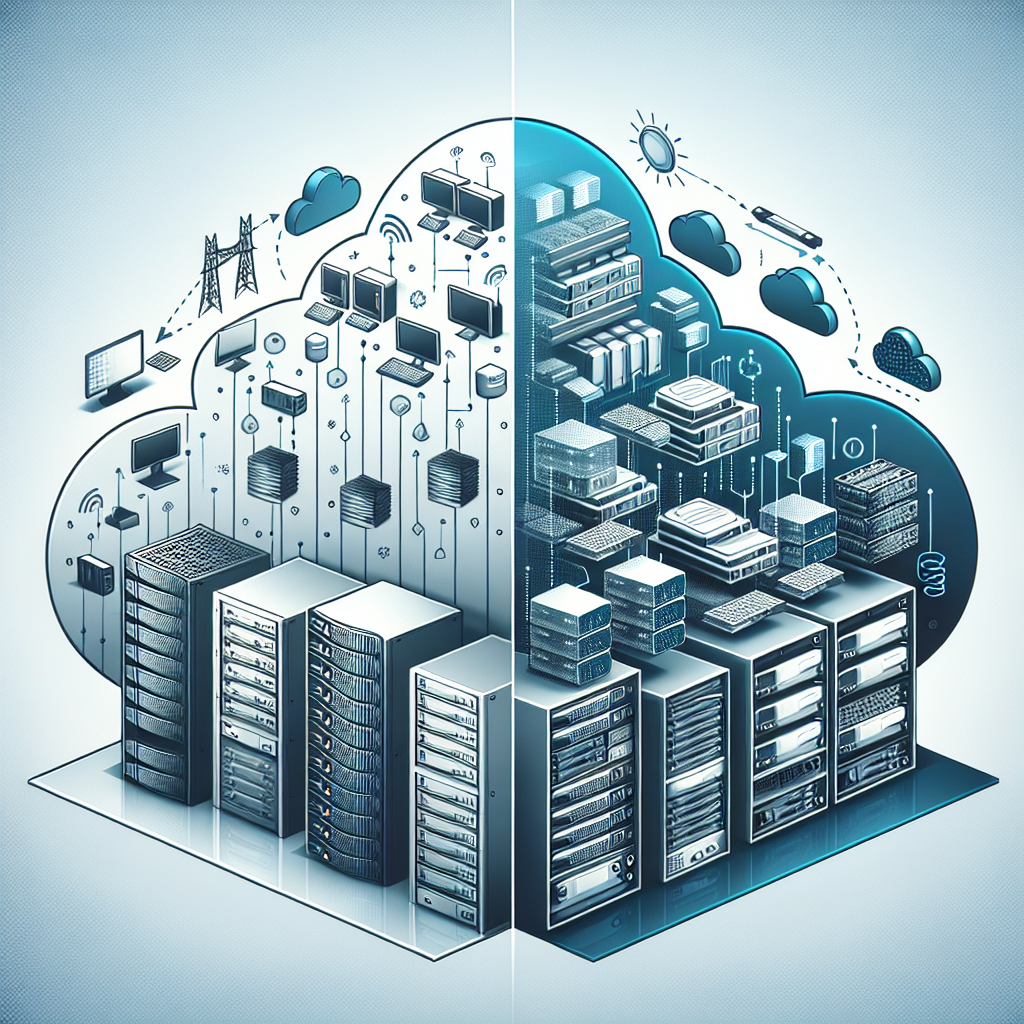Business continuity planning (BCP) is an essential part of any organization’s risk management strategy. It involves creating a plan to ensure that essential functions can continue during and after a disaster or disruption. While the benefits of having a BCP in place are clear, measuring the return on investment (ROI) of BCP can be a challenging task.
Measuring the ROI of BCP involves evaluating the costs associated with implementing and maintaining the plan against the benefits it provides. These benefits can include reduced downtime, minimized financial losses, and maintained reputation and customer trust. In order to effectively measure the ROI of BCP, organizations should consider the following factors:
1. Cost of implementation: The first step in measuring the ROI of BCP is to determine the costs associated with developing and implementing the plan. This includes costs such as employee training, technology upgrades, and consulting fees. By calculating the initial investment required to establish a BCP, organizations can better evaluate the returns they are receiving.
2. Cost of downtime: One of the key benefits of BCP is reducing downtime and minimizing financial losses during a disruption. By quantifying the cost of downtime for critical business functions, organizations can compare this cost to the investment in BCP. This can help demonstrate the value of having a BCP in place and show the potential savings that can be achieved.
3. Customer impact: A BCP can also help organizations maintain customer trust and reputation during a crisis. By measuring customer satisfaction levels before and after a disruption, organizations can gauge the impact of their BCP on customer loyalty and retention. This can provide valuable insights into the intangible benefits of BCP that may not be immediately apparent.
4. Regulatory compliance: Many industries are subject to regulatory requirements that mandate the implementation of a BCP. By measuring the costs of non-compliance and the potential fines or penalties that could result from not having a BCP in place, organizations can further justify the investment in BCP.
5. Risk mitigation: BCP is ultimately about mitigating risk and ensuring business continuity in the face of a disruption. By conducting risk assessments and evaluating potential threats to the organization, organizations can quantify the potential risks they face and the impact a disruption could have on their operations. This can help justify the investment in BCP as a proactive measure to mitigate these risks.
Measuring the ROI of BCP is a complex process that requires careful evaluation of costs and benefits. By considering factors such as the cost of implementation, cost of downtime, customer impact, regulatory compliance, and risk mitigation, organizations can better understand the value of their BCP and make informed decisions about their investment in business continuity planning. Ultimately, the ROI of BCP is about ensuring the resilience and sustainability of the organization in the face of unexpected challenges.









